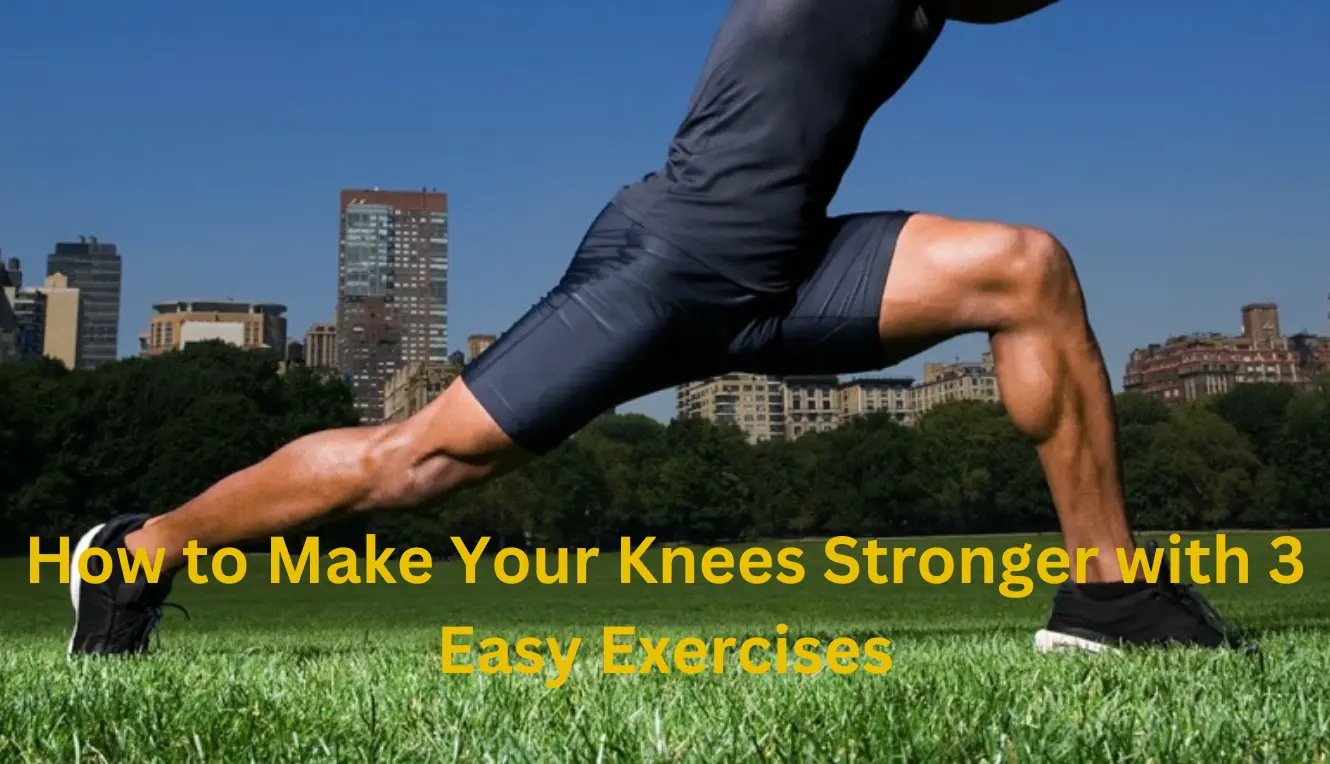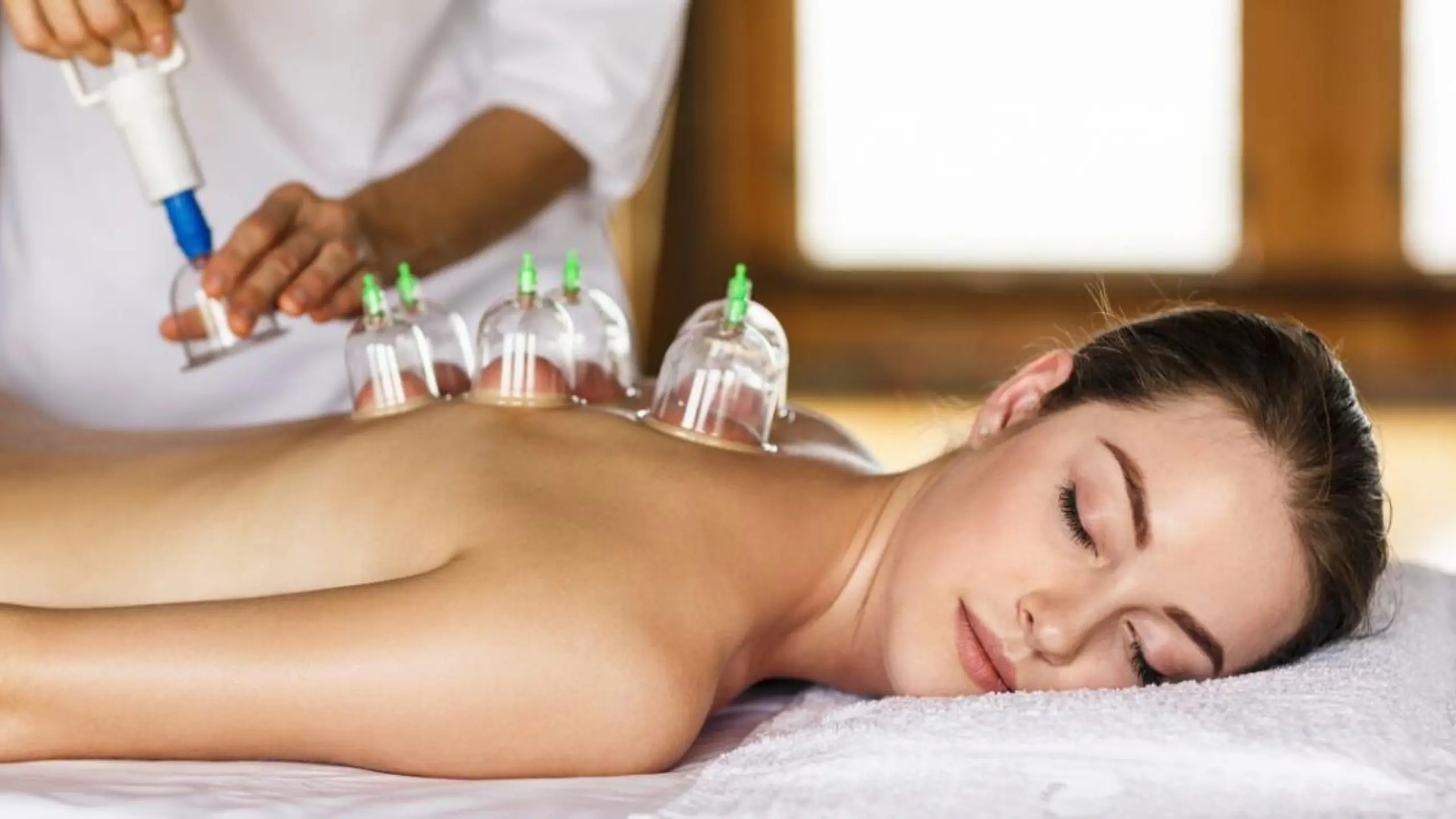Knee pain is a common problem with various causes, such as overuse, injury, or medical conditions like arthritis. Therefore, seeking medical help is essential for accurate diagnosis and treatment. However, aside from medical attention, you can also include some stretches in your daily routine that might bring much-needed relief. This article includes “Three excellent techniques for easy knee stretches and exercises and improving mobility.”
-
Extend your thigh muscles.
One of the stretches that can help relieve knee pain is the quadriceps stretch. The quadriceps are the large muscles running down the front of your legs. They allow you to extend your knee. If they are too tight, they can pull on your kneecap and cause pain. To stretch your quadriceps:
- Place yourself next to a wall or a chair. Hold it with one hand.
- Bring your heel up to your buttocks and bend one knee.
- With your other hand, gently pull on your ankle.
- Maintain a straight back and close your knees.
- Hold for 30 seconds before switching legs.
- Repeat 2–4 times on each leg.
-
Stretch Your Calves
Calves are the muscles located on the lower back of your legs. They assist you in pointing your toes and bending your knees. They can cause knee pain if they are too tight. To stretch your calves:
- Put your back on a wall. Place your hands at shoulder level on the wall.
- Take a step back with one leg straight. Keep your heel on the floor.
- Lean forward and bend your other knee slightly.
- You should feel a stretch in your back leg.
- Hold for 30 seconds before switching legs.
- Repeat 2–4 times on each leg.
These stretches will make your knees feel and move better. They are not, however, the same as seeing a doctor or a therapist. If your knees have been bothering you, consult your doctor before attempting these stretches.
-
Hamstring Curl
The hamstring curl is a workout focusing on the hamstrings, which help bend and stabilize the knee. It can be done while lying down, standing up, or with the help of a resistance band or a weight machine. To do a standing hamstring curl:
- Stand with your feet hip-width apart, behind a chair or a wall for support.
- Lift your right foot off the floor behind you and shift your weight to your left leg.
- Bend your right knee and bring your heel as close to your buttocks as possible without arching or twisting your back.
- Hold for a second at the top of the curl, and then slowly lower your foot back to the floor.
- Repeat 10 to 15 times on each leg for 2 to 3 sets.
Easy Exercises for Your Knees
You can also do exercises to strengthen and stabilize your knees. This can help prevent and alleviate knee pain.
-
Do Half Squats
Half squats strengthen the muscles in your thighs’ front, back, and sides. They also improve your coordination and balance. To do half squats:
- Stand with your feet apart and your toes pointing forward.
- Place your hands on your hips or out in front of you.
- Slowly bend your knees and lower your hips halfway down.
- Maintain a straight back and a high chest.
- Stand up again after a brief pause.
- Repeat 10 to 15 times for two to three sets.
-
Perform Hamstring Curls
Another exercise that can help strengthen your knees is the hamstring curl. The hamstrings are the muscles on the back of your thighs. They allow you to bend and hold your knees. To do hamstring curls:
- Place yourself behind a chair or a wall. Hold it with one hand.
- Raise one foot off the ground behind you.
- Bend that knee and bring your heel as close to your buttocks as possible.
- Maintain a straight back and avoid twisting it.
- After a brief pause, lower your foot to the floor.
- Repeat 10 to 15 times on each leg for two to three sets.
-
Perform Leg Extensions
Leg extensions are beneficial to the muscles in the front of the thighs. They assist you in straightening and holding your knees. To do leg extensions:
- Sit in a chair, back straight, feet flat on the floor.
- Lift one leg slowly until it is straightforward and level with the floor.
- After a brief pause, lower it to the floor.
- Do this 10 to 15 times on each leg for 2 to 3 sets.
These exercises can help you feel and move better in your knees. They are not, however, the same as seeing a doctor or a therapist. If your knees have been bothering you long, consult your doctor before attempting these exercises.
Conclusion
Knee pain can make it challenging to do the things you enjoy. But you can do something about it. You can help your knees feel and move better by stretching and exercising. They can also improve the vitality and stability of your knees. Try these simple knee stretches and exercises. Do them regularly and see how they affect you. But remember that they are not the same as seeing a doctor or therapist. Talk to them first if your knees hurt a lot or for a long time. They can help you find the best way to care for your knees.
FAQs
Q1: What are the benefits of stretching and exercising for knee pain?
As a result, stretching and exercising can help improve your knee joint’s flexibility and range of motion and reduce muscle soreness and stiffness. They can also help strengthen the muscles that support your knee joint, reducing impact and stress and allowing your knee to move more freely.
Q2: How often should I do these stretches and exercises for knee pain?
These stretches and exercises should be done at least four to five times a week. Warm up for 5 to 10 minutes before performing them. Start with fewer repetitions and sets and gradually increase them as you gain strength and comfort.
Q3: How long should I hold each stretch for knee pain?
Each stretch should be held for 30 seconds and repeated 2-4 times on each leg. You should not stretch through pain or bounce. You should feel a gentle pull but no pain in your stretching muscles.
Q4: What are some signs that I should stop doing these stretches and exercises for knee pain?
If you experience any of the following symptoms, you should stop doing these stretches and exercises:
- Pain in your knee or elsewhere that is severe or sharp
- Swelling, redness, or warmth in or around your knee
- Leg or foot numbness, tingling, or weakness
- Walking or standing difficulties
- Fever, chills, or other infection-related symptoms
Q5: Can these stretches and exercises replace medical advice or treatment for knee pain?
These stretches and exercises are intended to assist you in managing your knee pain and improving your function. They may not work for everyone or every knee problem. Consult a doctor or therapist if you have severe or persistent knee pain.




